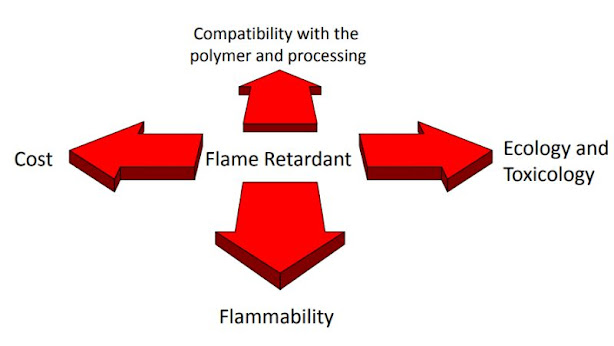Today's KNOWLEDGE Share
How to choose flame retardant?
According to the nature of the flame retardant material suitable for which #flameretardant #mechanism , in order to choose flame retardants.
1.Heat absorption mechanism
Some flame retardants will decompose when heated to generate water, water evaporation to take away a lot of heat, so as to achieve the effect of flame retardant, which is the same as the principle of using water to extinguish fire, such common flame retardants are #borax, #aluminumoxide hydrate, etc..
2.Covering effect
Some flame retardants will decompose when heated to generate a stable cover layer, making the material isolated from oxygen, so as to achieve the effect of flame retardant, commonly used flame retardants such as #phosphateester compounds and fireproof foam coatings.
3.Dilution effect
Some flame retardants will decompose when heated to generate a large number of non-flammable gases (carbon dioxide, ammonia, chlorine chloride, etc.), dilute the air around the material, significantly reducing the concentration of oxygen, so as to achieve the flame retardant effect, which is the same as the principle of dry powder fire extinguishers, such common flame retardants are phosphoric acid amine, amine chloride, amine carbonate, etc.
4.Inhibiting effect
The burning of some polymer materials is mainly a free radical chain reaction, and some substances can capture the active intermediates of the combustion reaction, etc., and inhibit the free radical chain reaction, so that the burning rate is reduced until the flame is extinguished. Commonly used flame retardants are bromine, chlorine and other organic halogen compounds.
Source:Sandy xu
Visit MY BLOG http://polymerguru.blogspot.com
#flameretardant #fireresistant #wireandcable #engineeringplastics #polymers #plasticsindustry





No comments:
Post a Comment